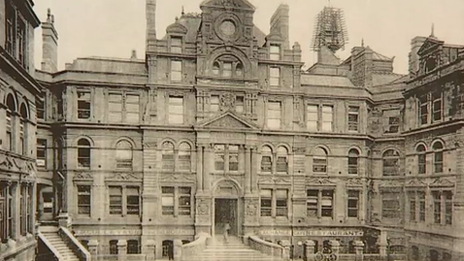The Victorian Society: Colliery and crane on at risk list
- Published
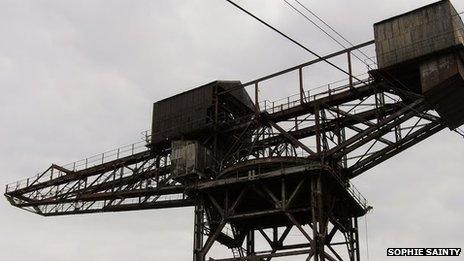
The only remaining pre-WWI hammerhead crane in England
A colliery, a crane and a building where the world's first £1m cheque was signed have been listed in a top 10 of the UK's most endangered buildings.
The Victorian Society's annual list of buildings at risk in England and Wales comes from public nominations.
The list pinpoints the 10 in most need of urgent help.
"Victorian and Edwardian architecture makes a huge contribution to the character of places people live in and love," said Chris Costelloe, director.

On the 2014 endangered list

The Coal Exchange was used for trading when Cardiff was the world's busiest steamcoal port
Coal Exchange, Cardiff - (1883-86) Where in 1904 the world's first recorded £1m deal was struck among coal traders. The building's owners went into liquidation and a public meeting later this week will look for a way forward. The society wants the council to work with all interested parties to "restore this important part of both Wales' and Cardiff's history".
Hammerhead Crane, Cowes, Isle of Wight (1912). Giant cantilever crane installed for the production of naval warships such as HMS Cavalier. The Victorian Society said: "This reminder of Cowes' industrial past must be saved."
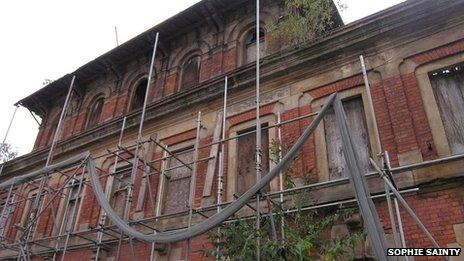
The Salford baths are 'a handsome Italianate brick building with stone dressings'
Greengate Baths, Salford (1855) Designed by one of Manchester's best 19th Century architects Thomas Worthington. Today, the baths are semi obscured by scaffolding and self-seeded trees.The Victorian Society said: "Action must be taken to save this rare survival of a handsome early public baths."
Former Wesley Methodist Chapel, Hartlepool (1871-73) Designed by Hill and Swan and in the port town's Wesley Square. "The owner must stop allowing this elegant former Methodist chapel to deteriorate and fulfil its stated intention of conversion into a hotel," said the Victorian Society.
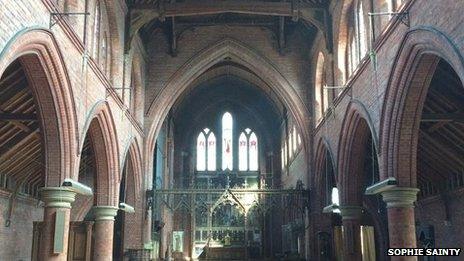
All Souls church is suffering from lack of repair
All Souls church, Hastings, East Sussex (1890). Hailed as one of the best works by Sir Arthur Blomfield, one of the most prolific 19th century church architects. Sadly, a lack of repair since the church closed in 2008 means that daylight can now be seen through the roof above the altar. The Victorian Society said: "Church Commissioners are considering taking the unusual step of demolishing a Grade II*-listed building without fundamental structural issues."
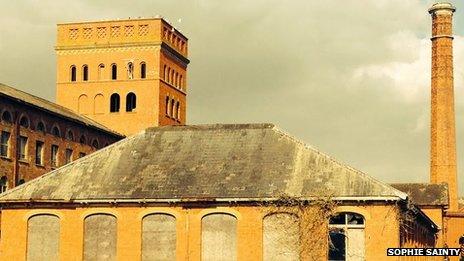
The mill was built for Fox Brothers, who developed the khaki dye which led to the end of British soldiers’ ‘redcoats’ in the Boer war
Tonedale Mill, Wellington, Somerset (1800 to 1920) Plans to redevelop much of the site as housing fell through during the recession. The Victorian Society said: "As the market recovers, surely a sensitive housing scheme incorporating the mill buildings is now viable?"
Abney Park Cemetery Chapel, Stoke Newington, London (1840) William Hosking's oldest surviving non-denominational chapel in Europe. The chapel is on "the brink of being lost without immediate action" according to the society.
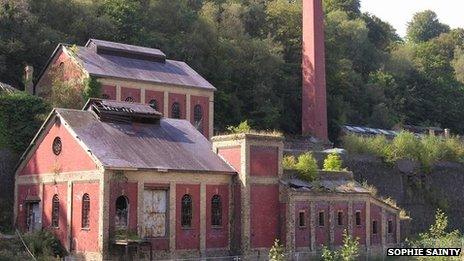
Listed buildings in the complex include the winding engine house, colliery baths, and chimney
Navigation Colliery, Crumlin, Caerphilly County (1907-1911). This nationally important colliery complex was a show-pit of the period and closed in 1967. The Victorian Society said: "Plans to turn the site into a community hub may fail without addressing pollution and a collapsing culvert under the access road."
Trentham Hall, nr Stoke-on-Trent (1840). Once one of England's grandest country houses, the majority of the hall was demolished in 1912 due to pollution in the River Trent. The remains are "in a very poor state" according to the society.
Crimean War Monument, Sheffield (1858). This tribute to Britain's war dead has been broken up and placed in storage for over 10 years. The Victorian Society has called for the local council to come up with "a clear plan for the monument" to ensure it "is not allowed to lie deteriorating and forgotten".

- Published8 October 2014
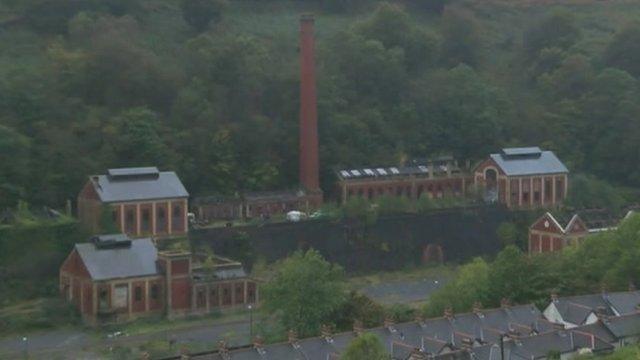
- Published23 September 2014
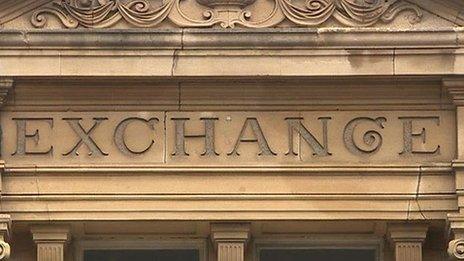
- Published28 February 2013
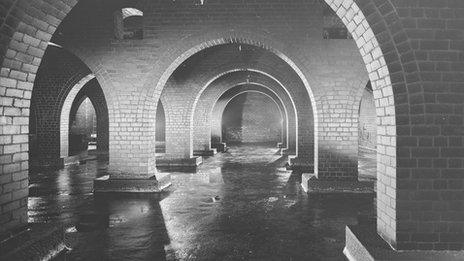
- Published10 May 2014
